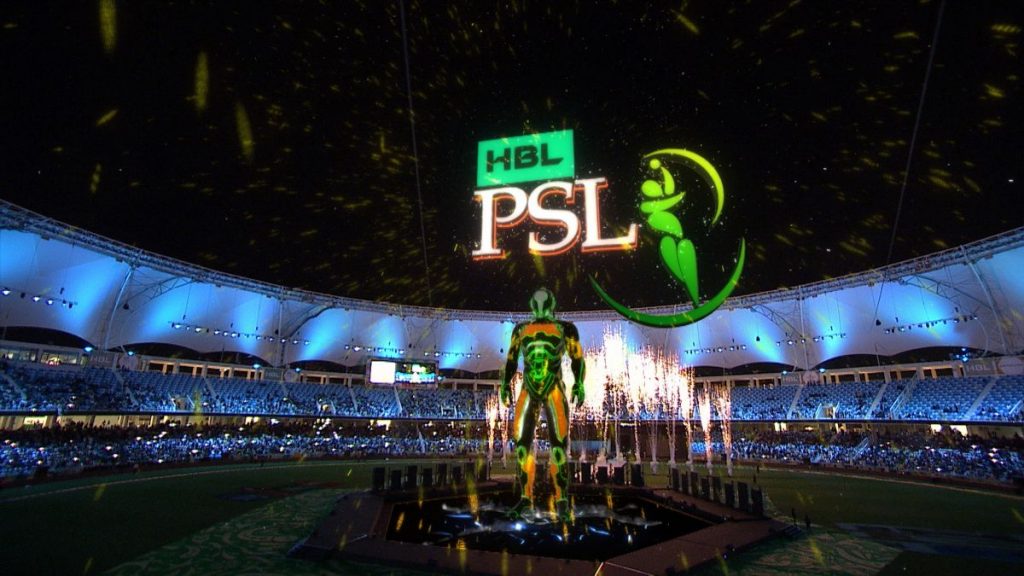New opportunities for AR, VR and MR have emerged from the pandemic.
The novel coronavirus (COVID-19) pandemic delivered the biggest shock to the world’s system in a century, with countries having locked down their citizens to contain the virus and with businesses in every sector having to scramble to stay afloat when customers and employees were confined to their homes.
The live-event, sports and entertainment sectors have arguably been the worst-hit industries, with travel restrictions and strict social-distancing measures causing sporting events, festivals, televised awards ceremonies, concerts and many other events, both large and small, to be canceled.
If we can find some kind of positive amid this catastrophic event, perhaps it’s this: We can be glad that it happened at a time when sophisticated digital technologies are so readily available, enabling us to stay connected with friends, family members and work colleagues. In addition, digital technologies give content creators innovative new tools with which they can provide engaging content to people who are at home.
In the past, many organizations have been reluctant to offer employees the option of working from home, citing productivity concerns and the need to be in physical proximity to colleagues. A big factor in the success of working from home, in light of that skepticism, has been the interaction and engagement with colleagues we’ve been able to enjoy as a result of using various video platforms. Of course, engaging with people onscreen doesn’t replace personal interactions—meetings, conferences, trade shows, even the water cooler—but it has played a big part in keeping morale up and motivation strong.
Remote engagement of this kind is also a key factor in helping brands and businesses stay connected with their audiences, and they’re looking for new ways to improve that engagement even further.
Before COVID-19, augmented reality (AR), virtual reality (VR) and mixed reality (MR) were already being utilized across various industries to add further dimensions to communication. Looking at the broadcast industry, for example, the Opening Ceremony of the Pakistan Super League (PSL) broke a world record for the longest AR broadcast in history. Meanwhile, the industry has awarded the creators of the AR used for K-pop boy band BTS’ live stadium shows, which maximize fan-engagement opportunities.
With millions of people having been—and perhaps still being—largely confined to their homes and in need of content with which to engage, now is perhaps the ideal time to look at bringing immersive, next-level content experiences right to people, wherever they are.
Recent innovations have shifted our world by allowing the creation of fully immersive experiences, offering advanced technical opportunities for corporate, education, live events and other market segments. Thanks to advanced green-screen technology, presenters can be immersed in a virtual environment by using elements of AR and MR.
The virtual environment—be it a golf course, a shopping mall or a forest—is not only visible onscreen for the viewer but also visible to the presenter, making interaction far easier. This technology does not require huge amounts of space, either, because virtual set extension can place presenters in virtual environments that might be much larger than the available environment. This opens up worlds of opportunity in times when staffing and space are limited. By creating more compelling experiences and producing more engaged audiences, new technologies will prove invaluable to many industries not only during the COVID-19 pandemic but also after it.
For the creative community, now is the time to examine these innovative technologies. Some creative brands are hoping to exploit various market opportunities that technologies like AR present; accordingly, they’re offering free trials of solutions that deliver spectacular and captivating visuals. This helps them rebuild their pipeline for the future. The audience seems to be much wider than it formerly was, and that audience has a keen appetite to learn new skills.
Speculation abounds as regards how the world will look and behave after COVID-19 recedes. Many wonder whether we can ever go back to the way things were. Although face-to-face human interaction will never be entirely replaced, our eyes have certainly been opened, during this wild time in our collective history, to other possibilities for remote interaction. It’s highly likely that remote work and immersive content will both play a much larger role now and in the future.
To read more features from Sound & Communications, click here.
